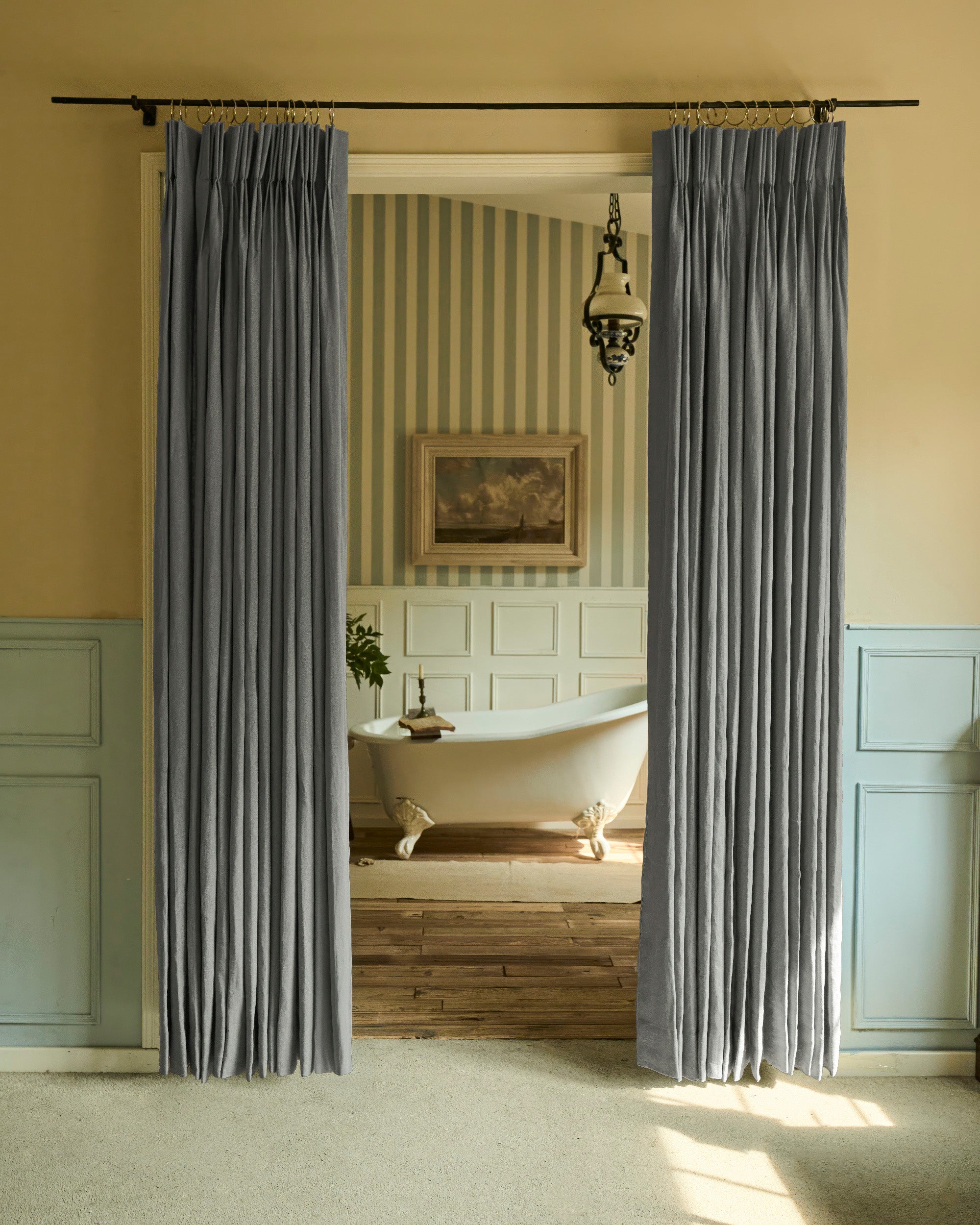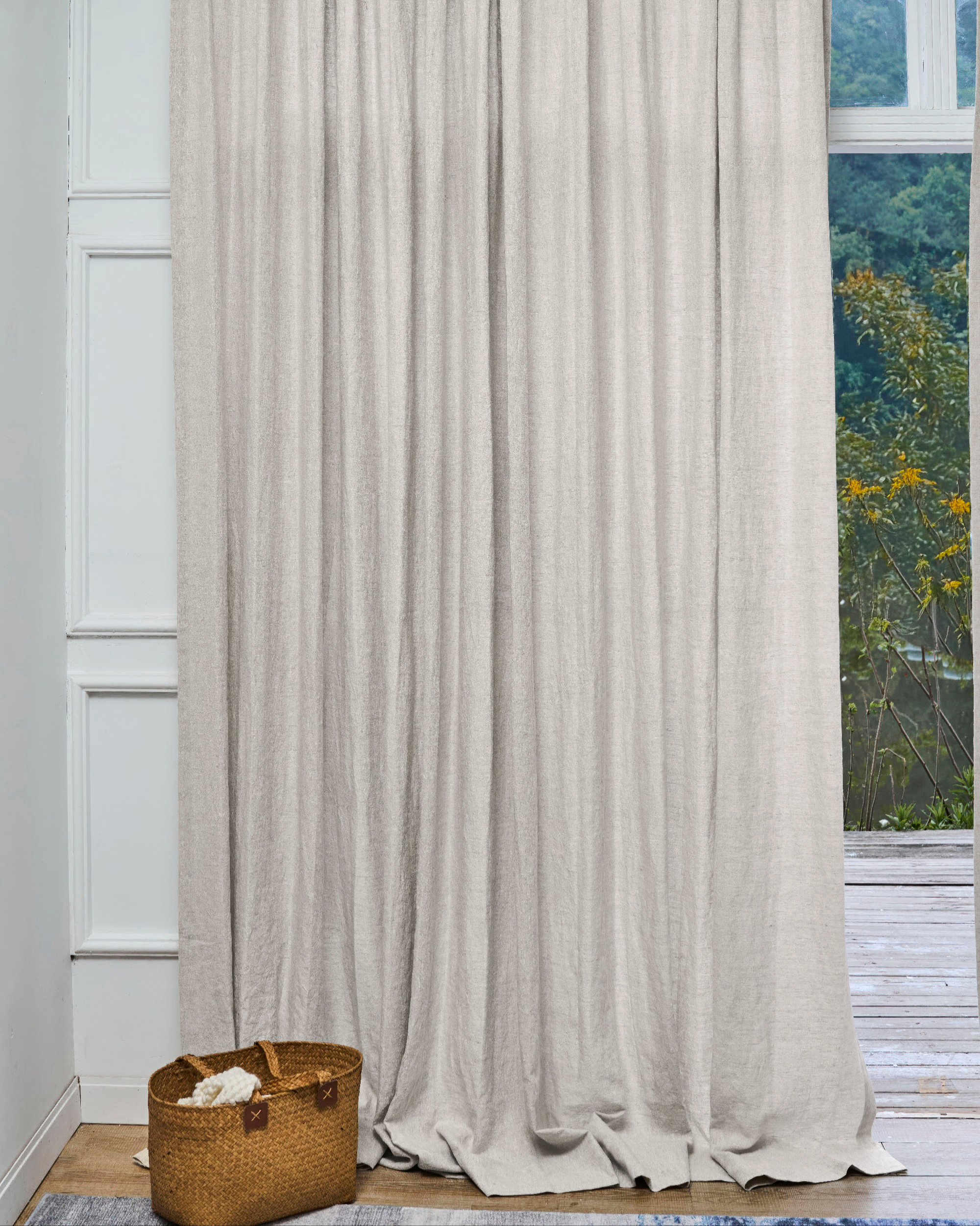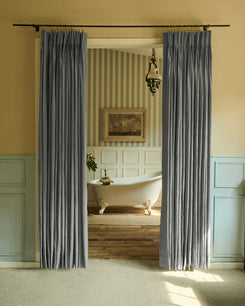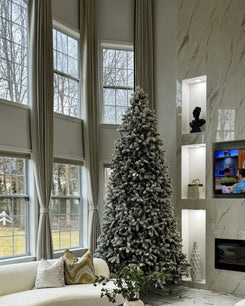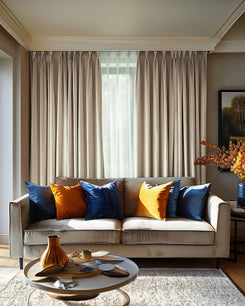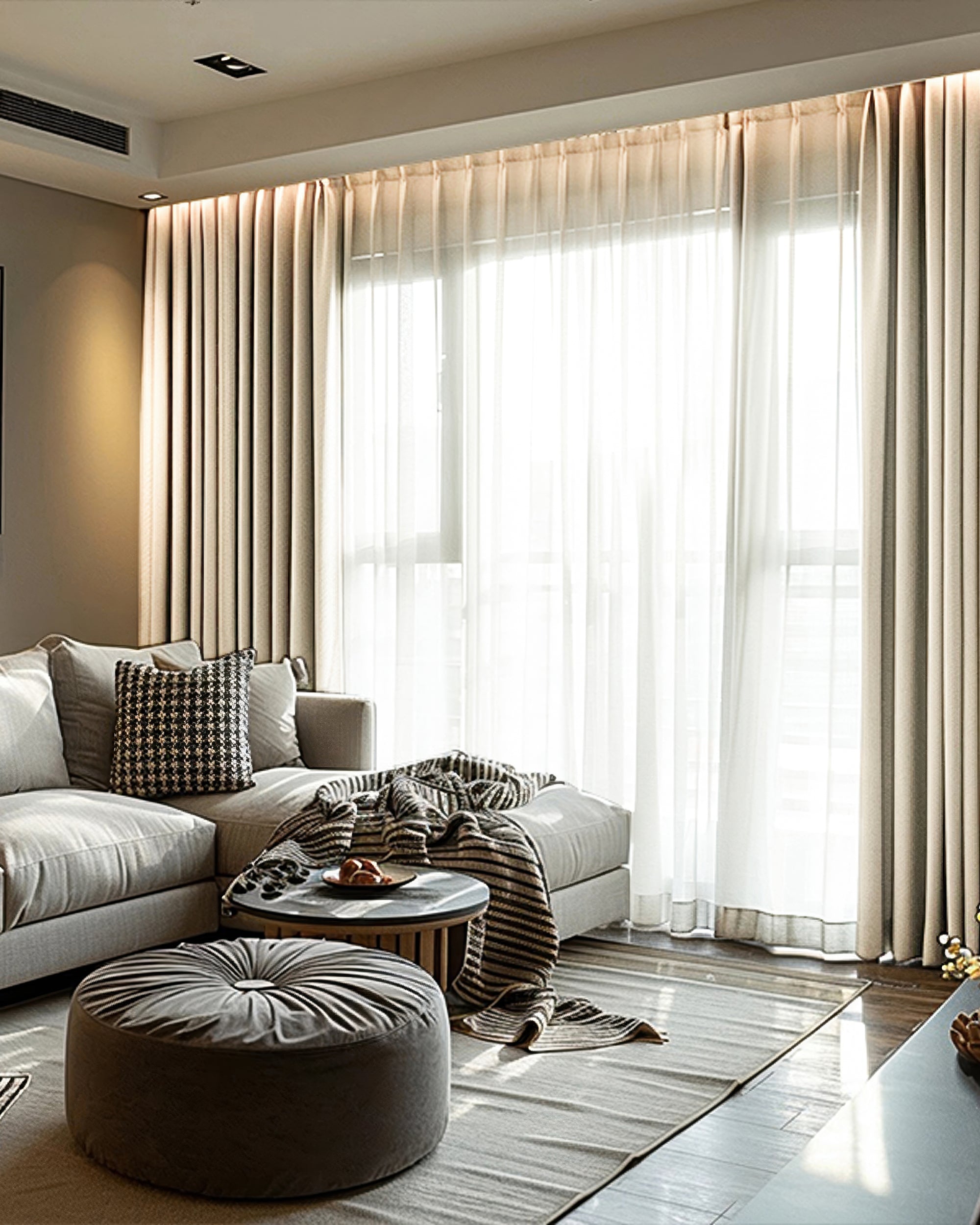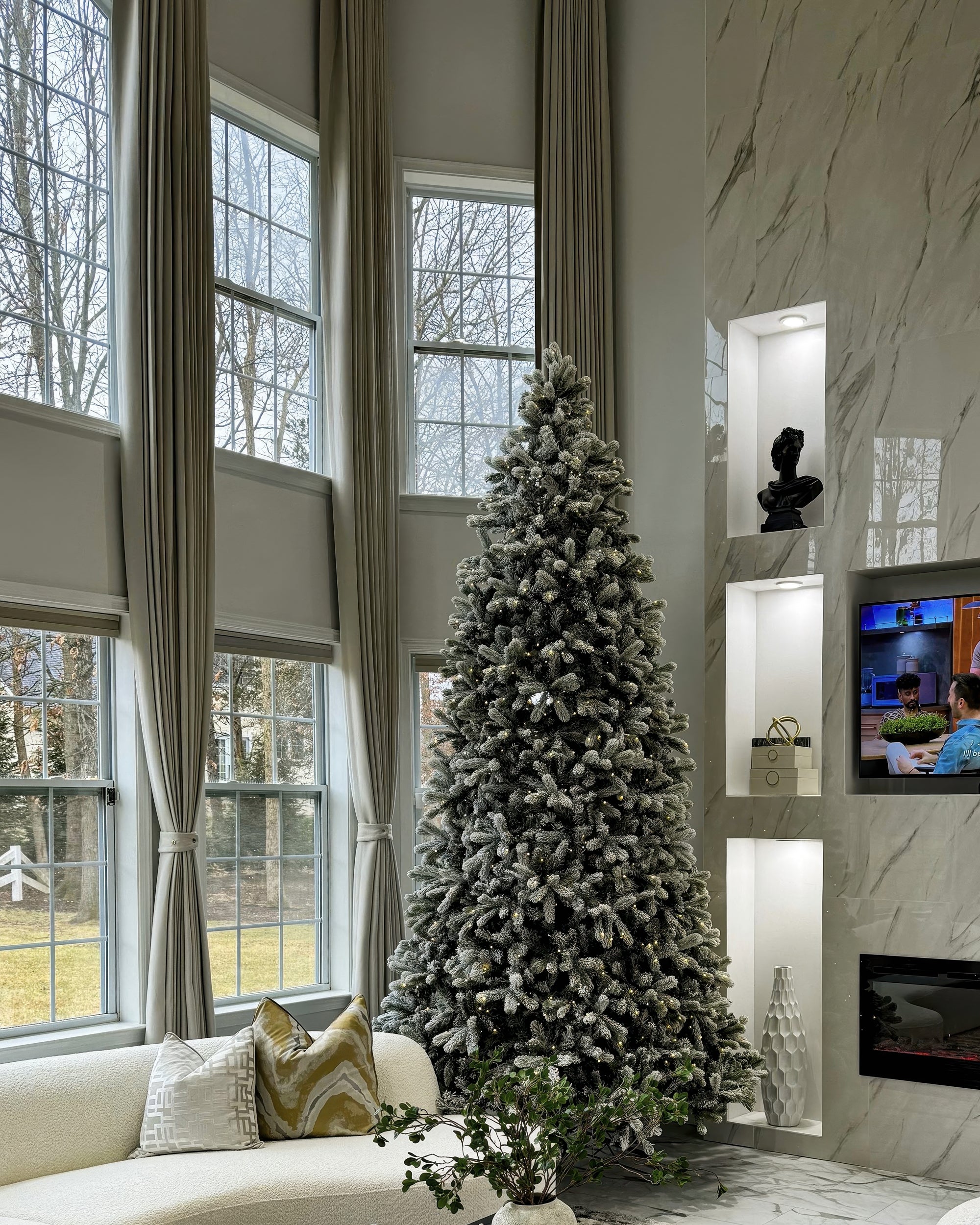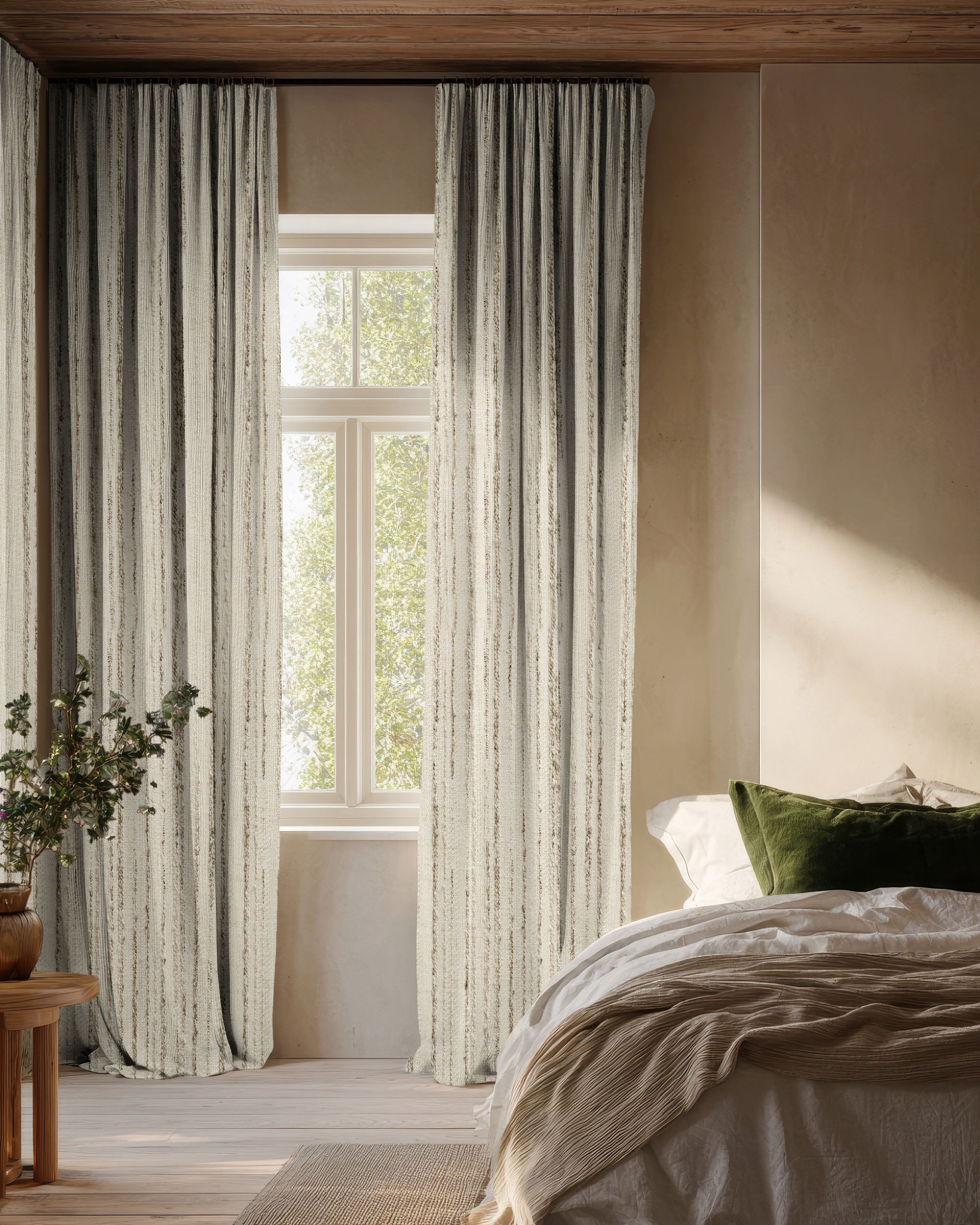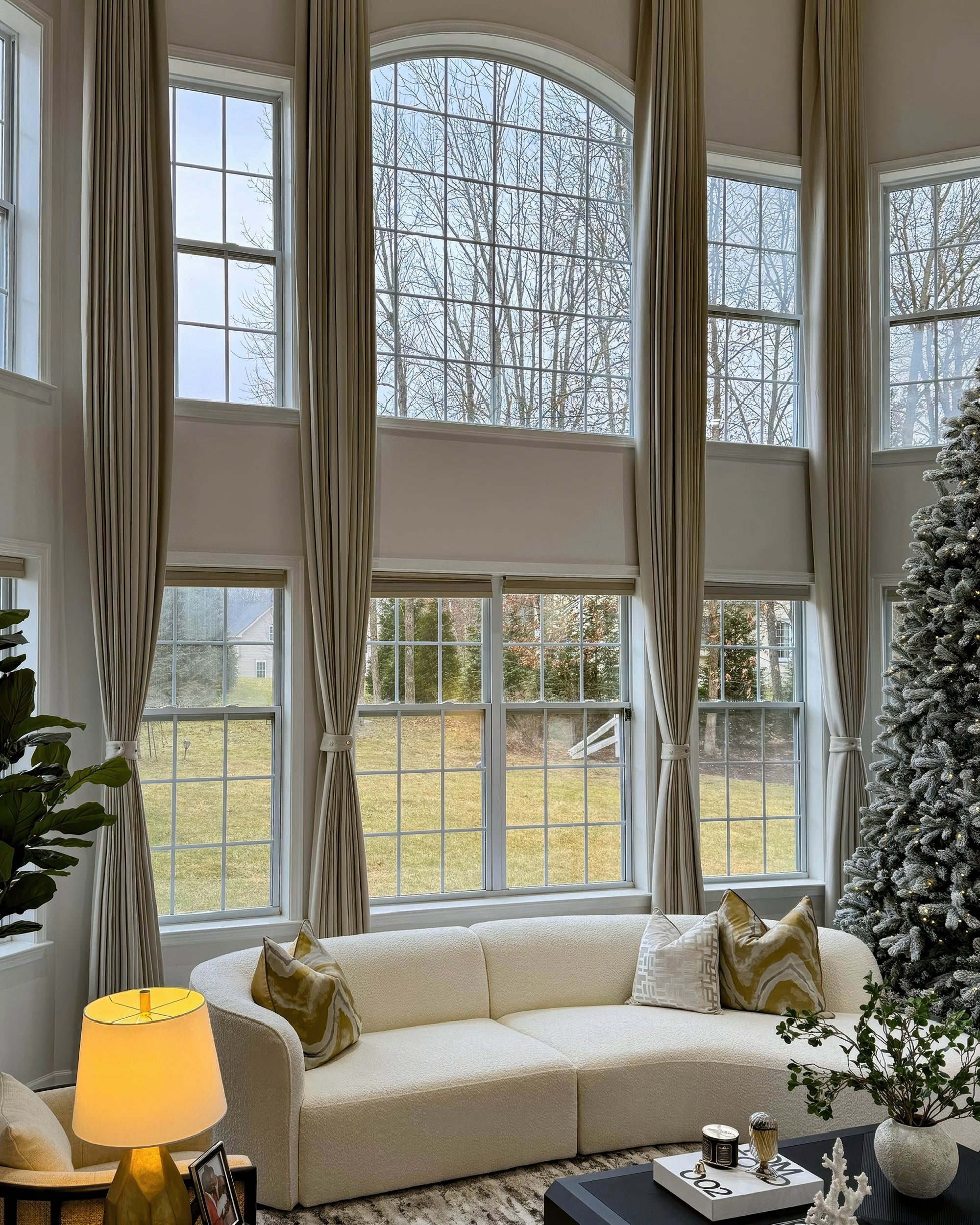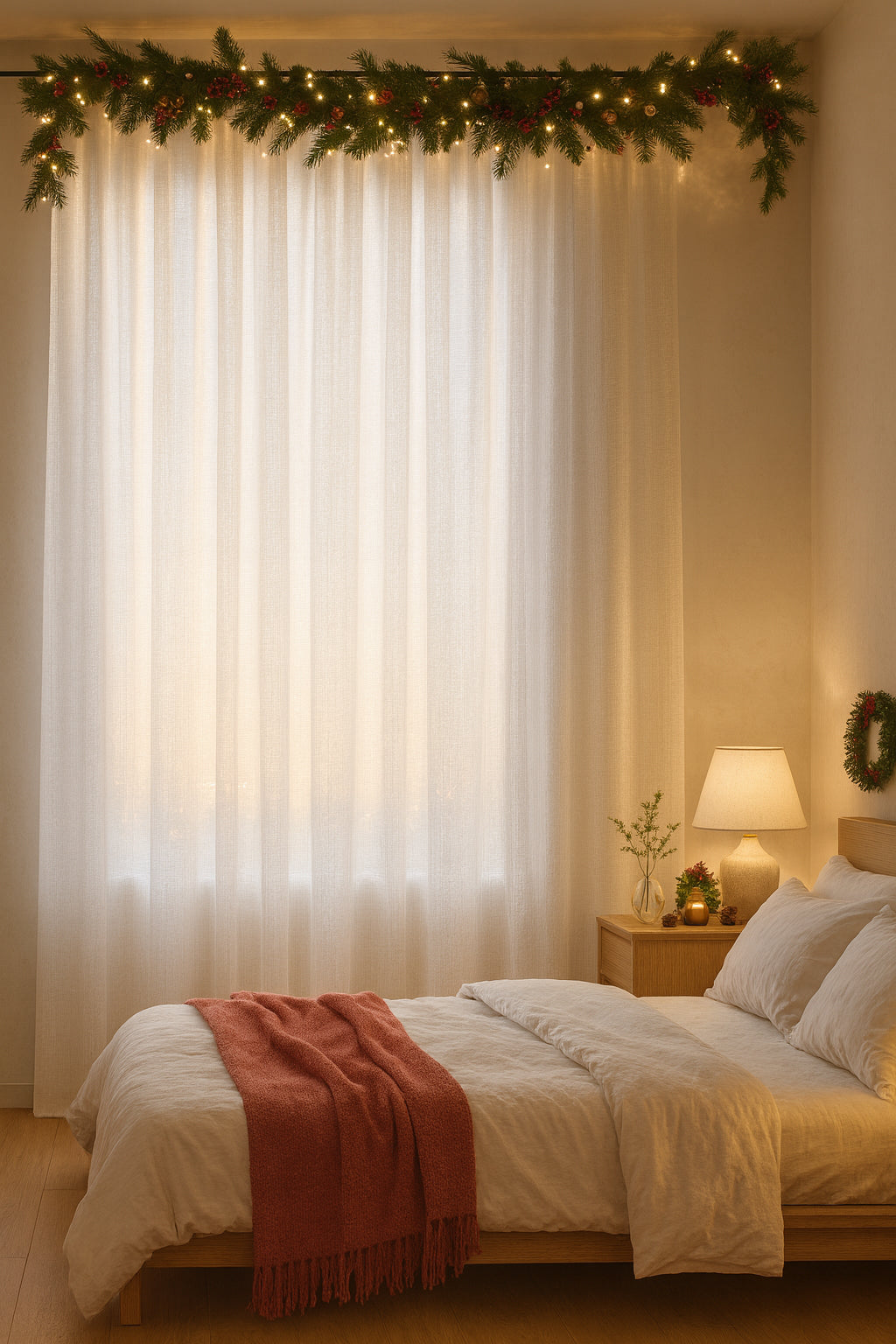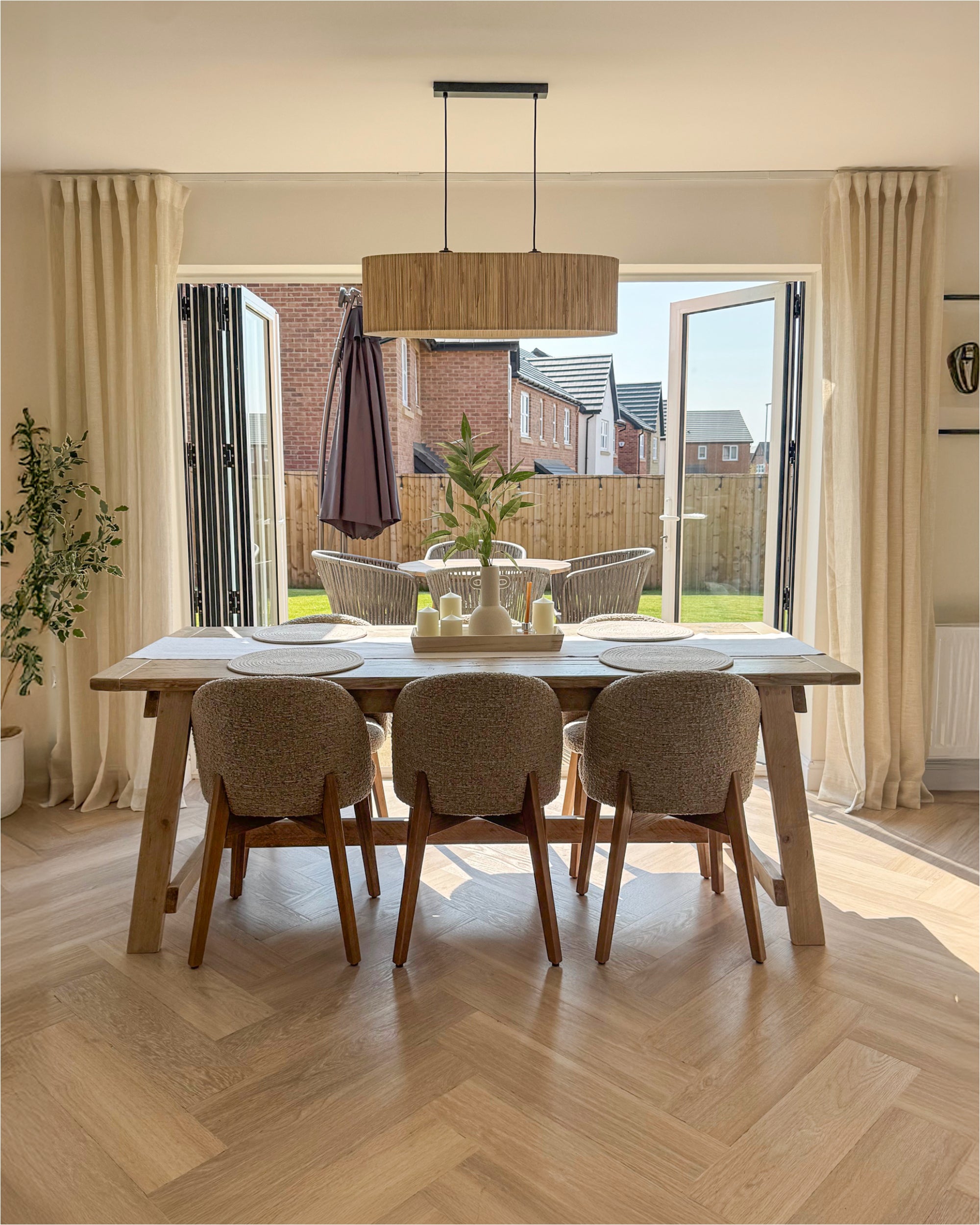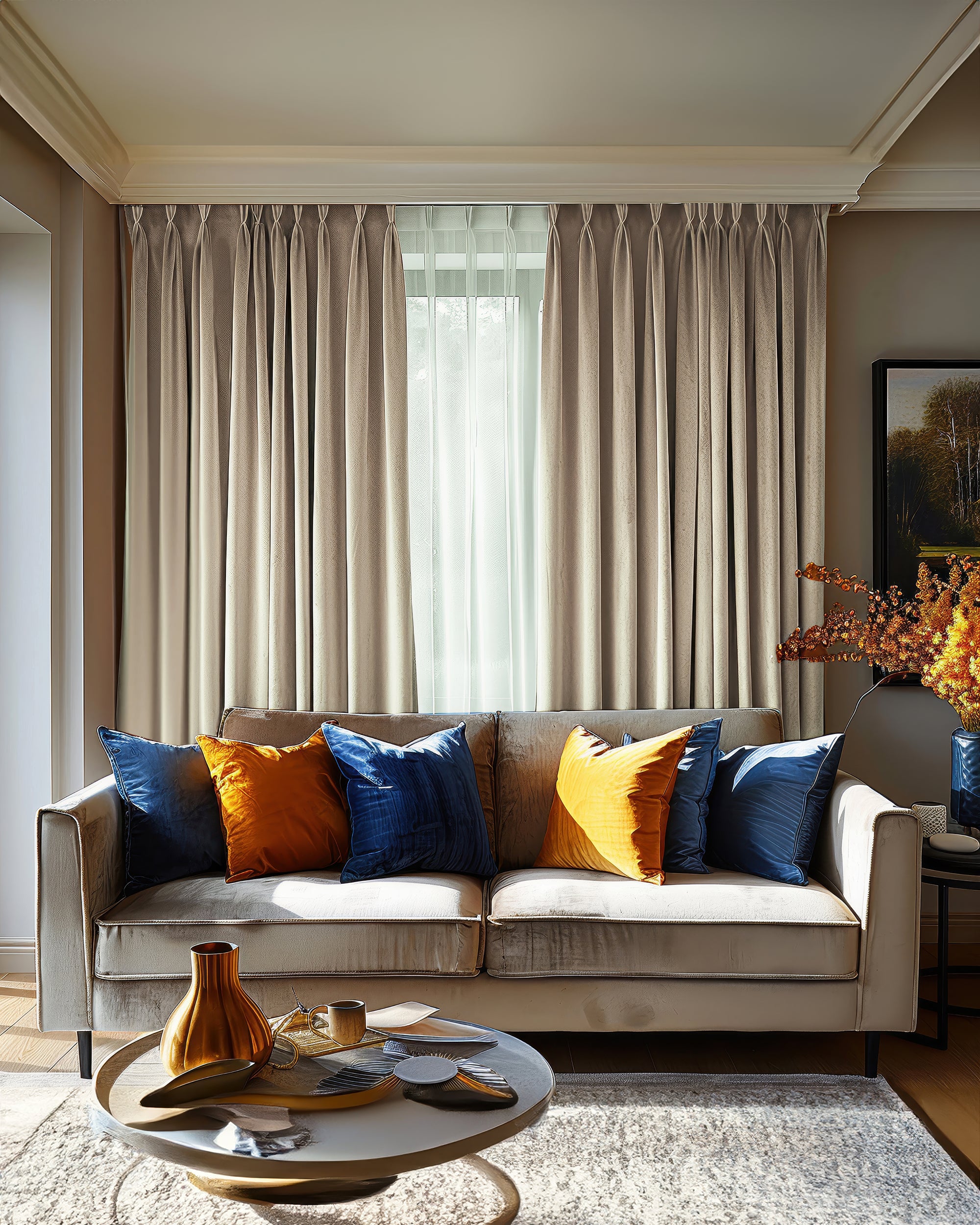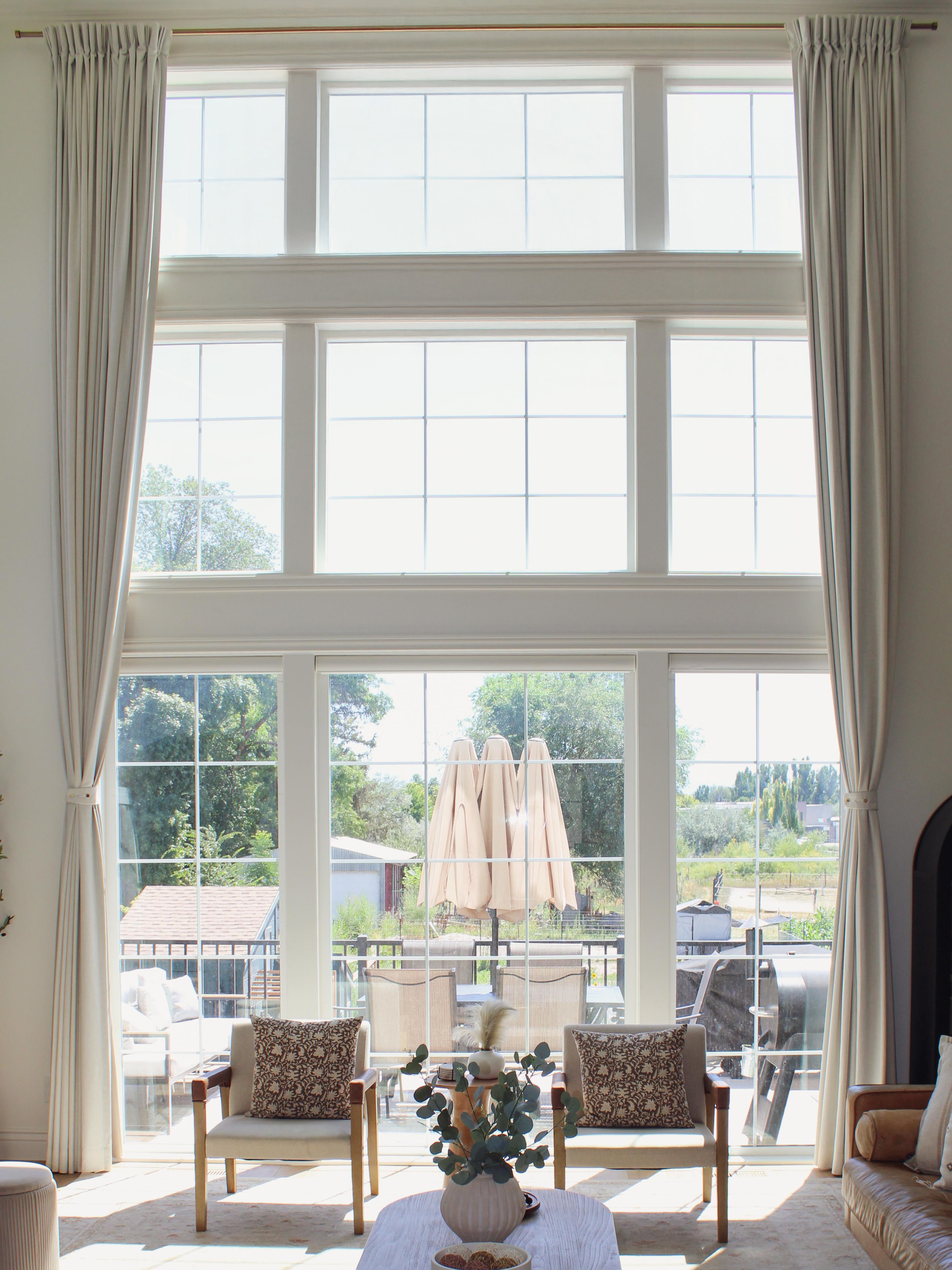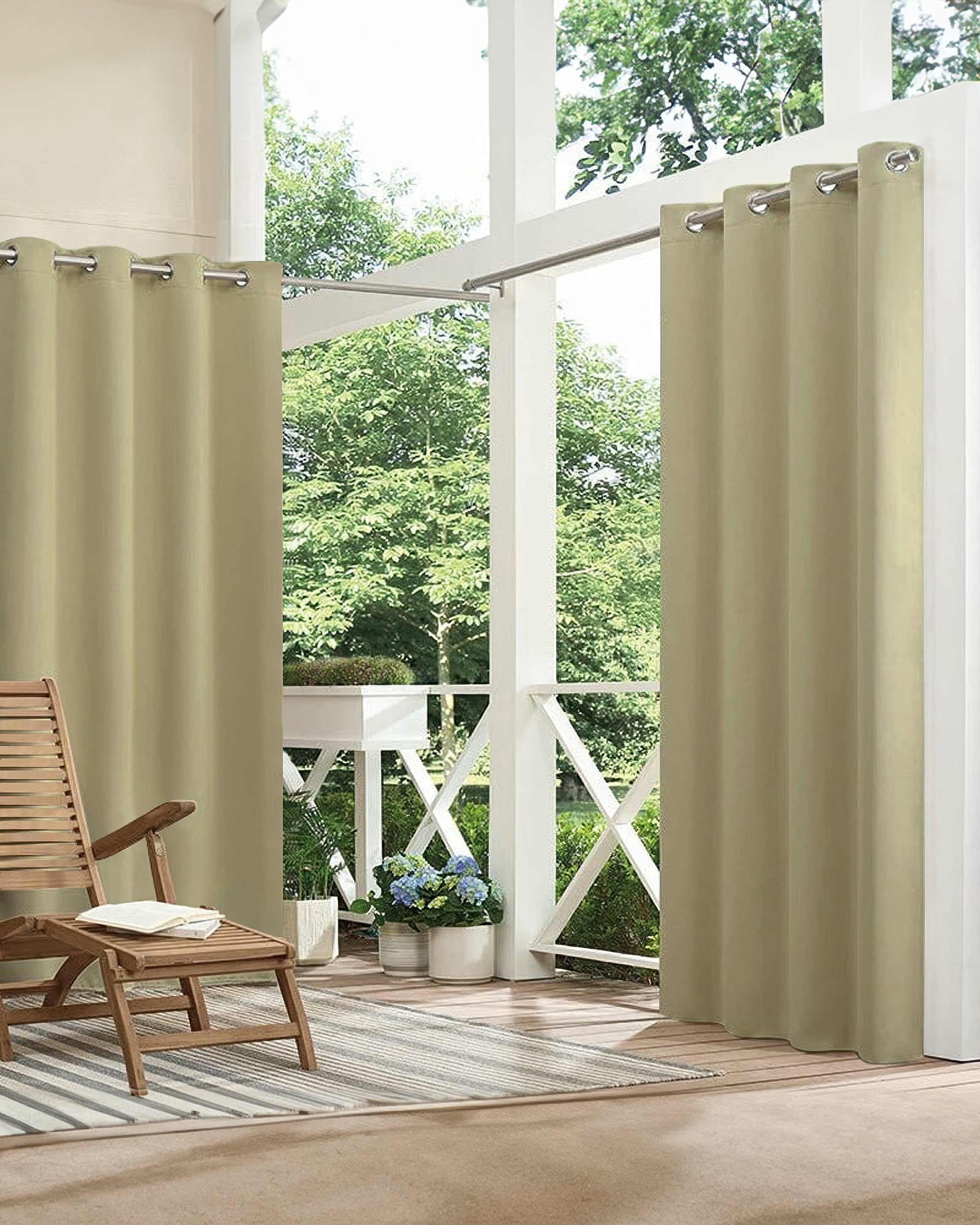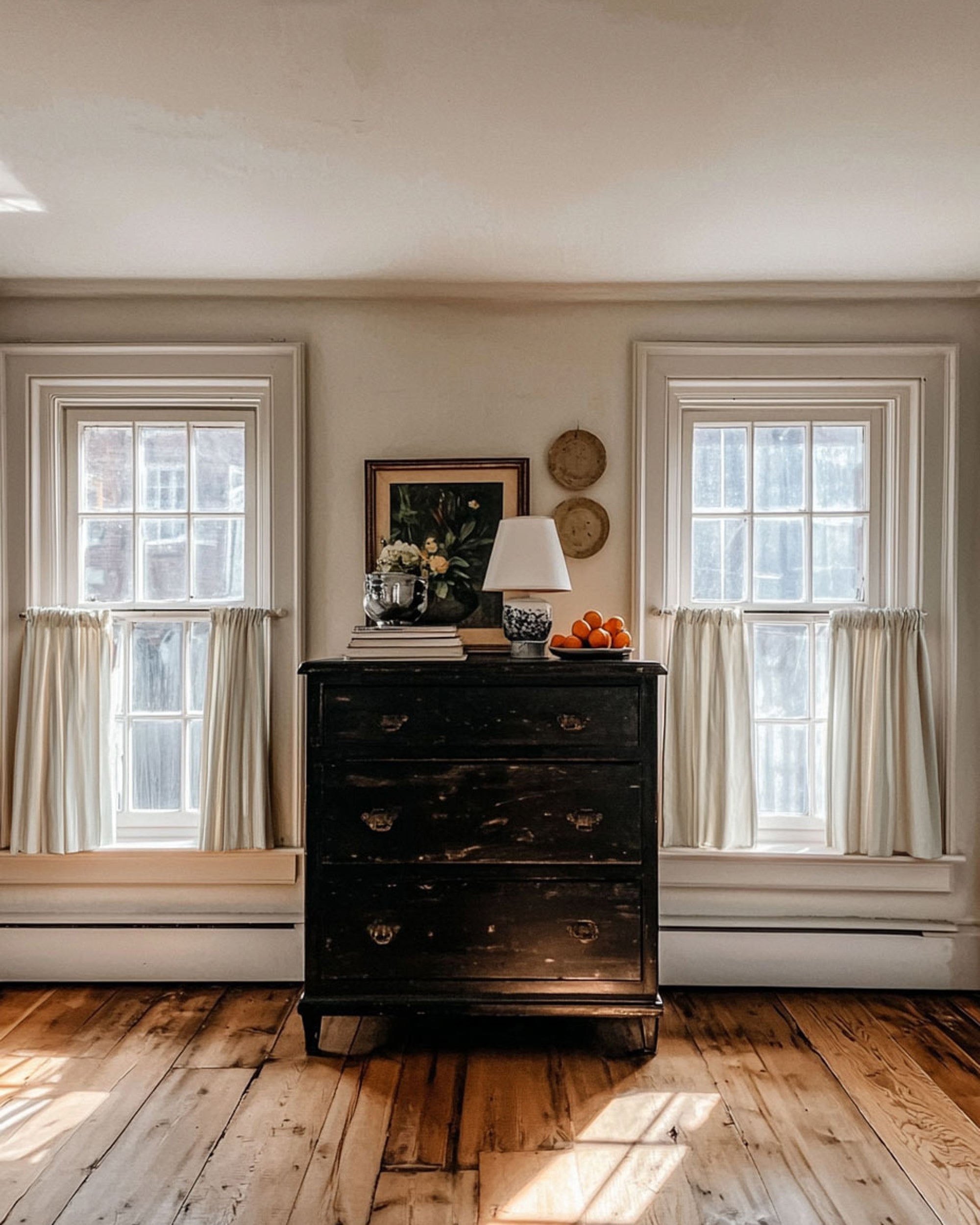Not all linen curtains are made the same—and sometimes, they aren’t made of linen at all. As the demand for lightweight, textured window treatments grows, faux linen has become a common substitute. But does it actually hold up against the real thing?
Understanding where each fabric fits can help avoid mismatched expectations.
Why Faux Linen Exists in the First Place
Cost is the most obvious reason. Pure luxury linen curtains made from natural fibers, tends to be more expensive and more delicate. Faux linen offers a similar texture at a lower price point and with fewer care requirements.
This makes faux linen curtains an attractive choice for renters, short-term updates, or rooms that don’t need high-end materials.

Texture and Appearance: Are They Really That Different?
Visually, both fabrics share a loosely woven look. From a distance, it’s hard to tell them apart. Up close, real linen usually has more depth and slight irregularities in the weave. Faux versions can sometimes look too smooth or uniform, depending on quality.
That said, many faux linen curtains are designed with enough variation to mimic the natural feel convincingly—especially in softly lit spaces.
Care and Durability in Everyday Use
One clear advantage of faux linen is how it handles wear. It resists wrinkling, washes more easily, and doesn’t shrink the way real linen can. For homes with kids, pets, or daily exposure to sunlight, faux linen may actually be the more durable option.
Genuine linen, on the other hand, ages beautifully if cared for properly. It softens over time and develops character. But it also creases easily and may require steaming or air drying after cleaning.
Where Each Material Makes the Most Sense
In formal living rooms or carefully styled interiors, real linen can elevate the atmosphere with its organic texture. It works best when the curtains are part of a broader design vision and not changed often.
Faux linen curtains, meanwhile, are ideal for secondary spaces—guest rooms, rental units, or even office windows. They’re easier to swap out, maintain their shape longer, and don’t demand special treatment.
If flexibility matters more than subtle luxury, faux linen wins.

A Quick Note on Sustainability
Real linen is made from natural fibers and is biodegradable, which makes it a popular choice for eco-conscious interiors. Faux linen is usually made from polyester or blends, which means it’s less sustainable but often more resilient.
This trade-off matters more in long-term projects or for those looking to reduce synthetic materials in the home.
The Bottom Line
Both materials have their place. The decision depends less on what looks better and more on how the curtains will be used.
If the priority is low maintenance and affordability, faux linen curtains are a practical option that still delivers visual appeal. For spaces that value texture, depth, and quiet detail, genuine linen adds something harder to define—but easier to notice once it’s there.



